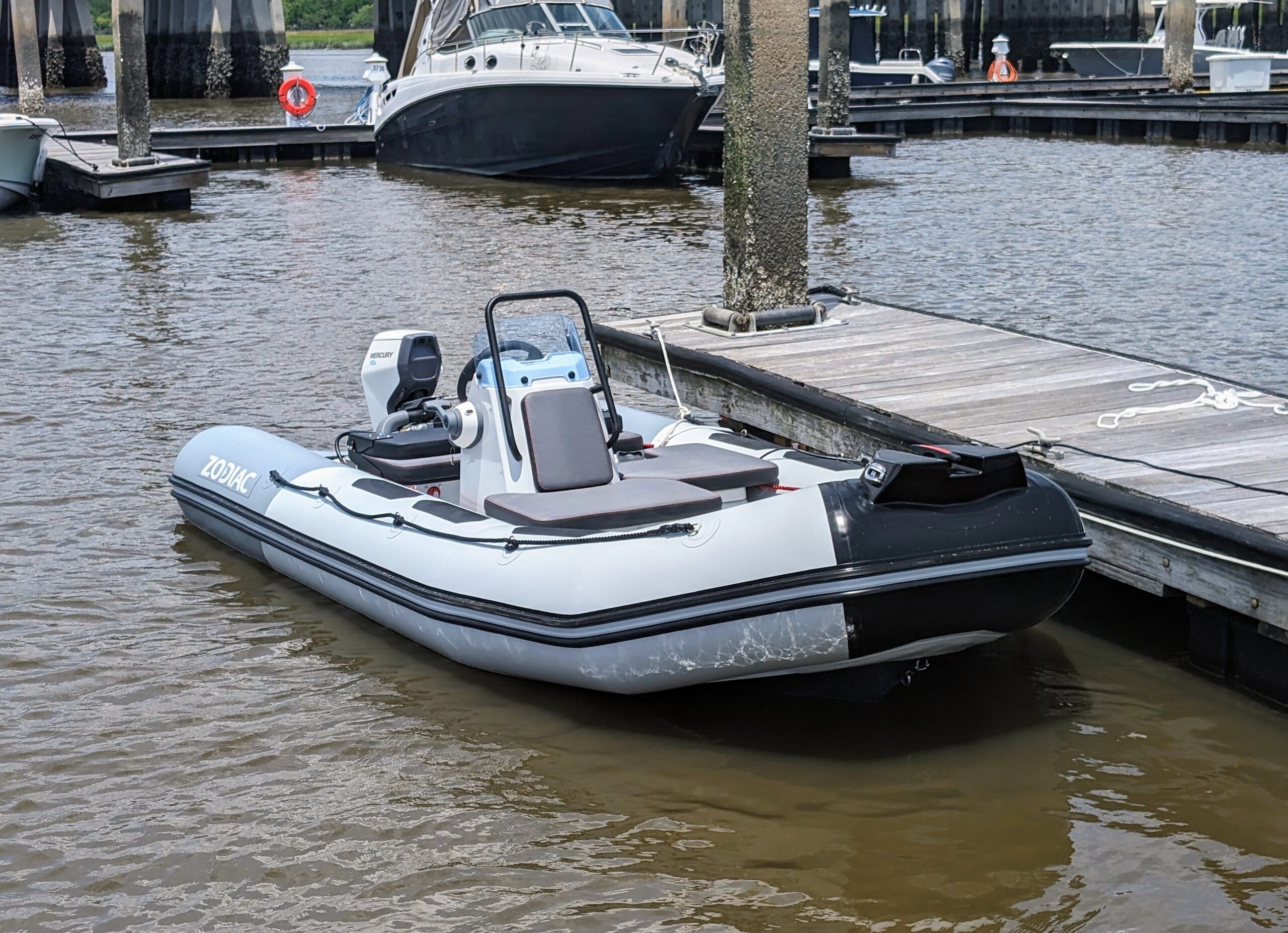- World’s largest floating offshore wind farm opens
- 11 turbines will power oil platforms, cutting emissions
- Hywind Tampen key to Equinor’s floating wind expansion
- Part of wider Norway plans to pivot toward offshore wind
GULLFAKS C PLATFORM, North Sea, Aug 23 (Reuters) – Norwegian energy firm Equinor and its partners inaugurated the world’s largest floating offshore wind power farm on Wednesday, whose output will supply nearby oil and gas platforms and cut their greenhouse gas emissions.
The Hywind Tampen wind farm, where Equinor is partnering with other oil firms including OMV, Vaar Energi, majority-owned by ENI, started producing power in November last year, with full output reached earlier this month.
Its 88 megawatts of capacity will cover around 35% of annual power demand for five platforms at the Snorre and Gullfaks oil and gas fields in the North Sea, about 140 kms (87 miles) off Norway’s west coast.
“Hywind Tampen is expected to reduce CO2 emissions (by)200,000 tonnes annually,” Kjetil Hove, Equinor’s head of exploration and production in Norway, said in a statement.
That is 0.4% of Norway’s total carbon dioxide (CO2) emissions in 2022. Some environmentalists say the move is positive as it brings down the country’s CO2 emissions, while others say Norway should instead stop producing oil and gas.
Hywind Tampen comprises 11 wind turbines fixed to a floating base that is anchored to the seafloor, rather than fixed to the ocean bed, a new technology industry experts say is suitable for use in deeper waters offshore that Equinor hopes to develop.
The technology is still in its infancy and costs at Hywind Tampen have risen from an initial estimate of 5.2 billion crowns ($491 million) in 2020, to 7.4 billion crowns, driven by COVID-linked and raw material delays, quality issues, inflation, and currency effects.
Still, an expected rise in Norwegian CO2 taxation and higher gas prices had a positive effect on the project’s financing, which also received almost 2.9 billion crowns in subsidies, Equinor said.
The experience from Hywind Tampen will allow Equinor to “build bigger, reduce costs and build a new industry on the shoulders of the oil and gas industry”, Siri Kindem, head of its renewables business in Norway, said in the statement.
Norway, which is targeting 30 gigawatts of offshore wind power by 2040, which would double the country’s current power output, is tendering its first commercial wind farms, including three floating ones, this autumn.
Equinor’s other partners on the project are Wintershall Dea, majority-owned by BASF, INPEX Idemitsu and Norway’s Petoro.
($1 = 10.5859 Norwegian crowns)
Share This:



